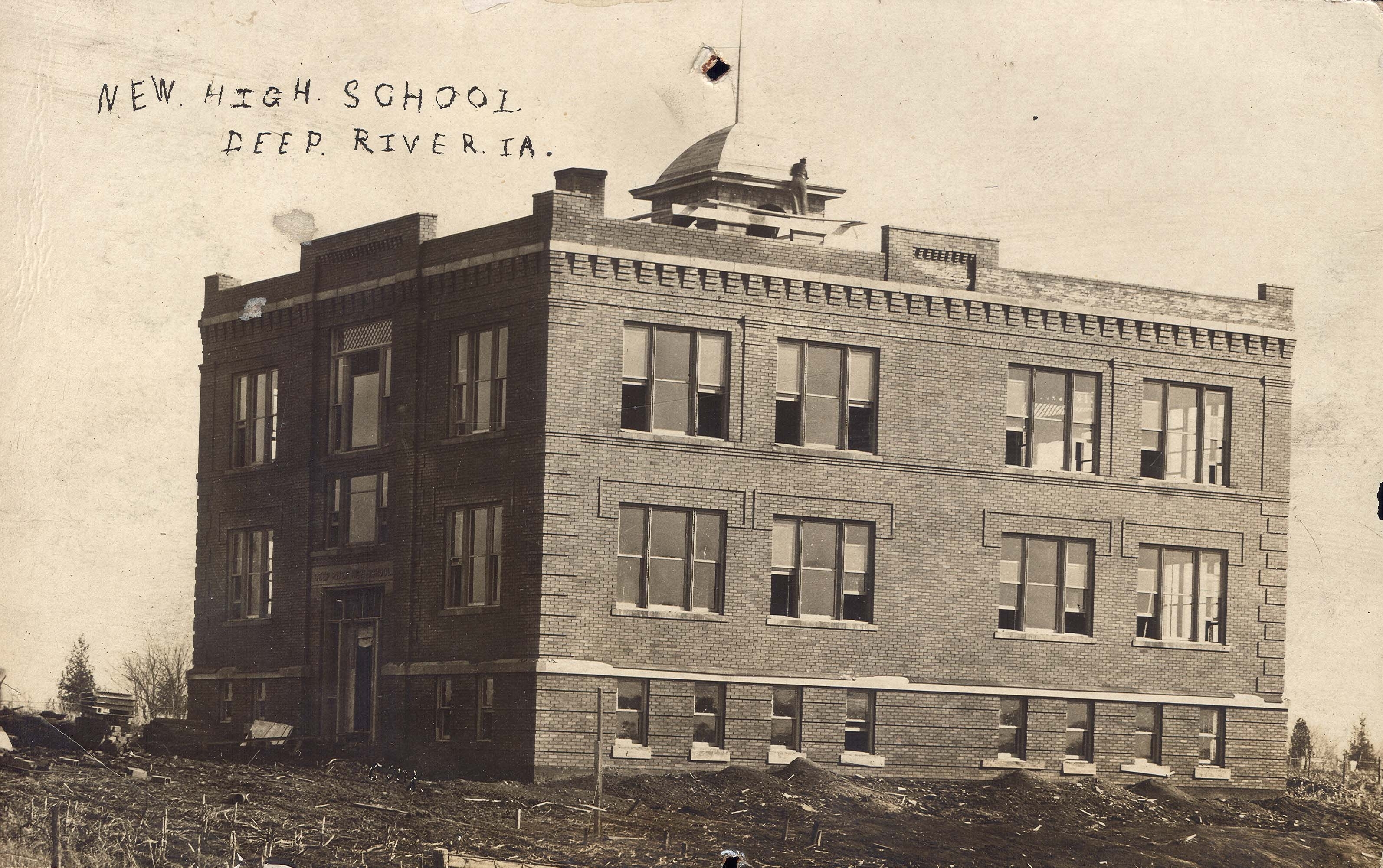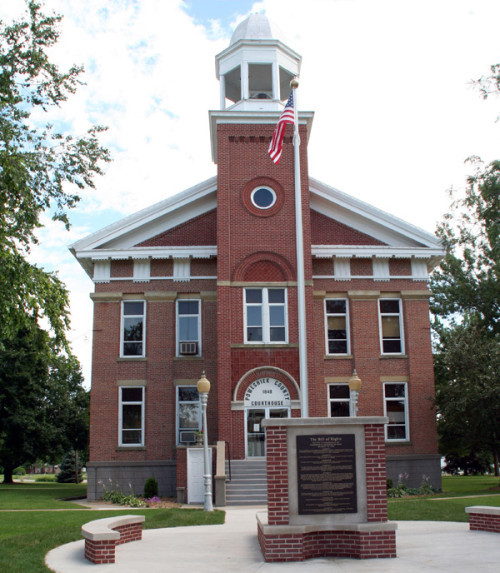Since the founding of our communities, organizations, businesses and citizens have stepped forward to build and serve their community. Click on any of the logos below to learn about those who made this website possible! If you would like to learn about becoming a sponsor CLICK HERE!

- County: Poweshiek County, IA
- Region: Southeast IA
- Sponsors
- About Deep River, IA
- Businesses
- Community Organizations
- Faith Organizations
- Festivals and Events
- Points of Interest
- Veterans
Learn how to Contribute to any of the above categories.
No news yet. Got some news? Hit that NEW POST button!
About Deep River, IA
Brief history and origin of name
In 1856 the town of Dresden, about a mile east of the present town of Deep River, was platted. The Whitney brothers operated a store there for about 20 years. When the Chicago and Northwestern Railroad was built, the residents of Dresden moved to be near the railroad, and thus the town of Deep River was established in 1884. The Dresden Cemetery lies about a mile and a half south of the current county road, locally known as the Diamond Trail, just about a quarter mile east of Iowa Highway 21. The town of Tilton was established at the southern border of the township in 1884, as well, although largely lay in Keokuk County.
Deep River Township
Deep River Township was organized March 7, 1857. It was at first a part of Jackson Township. It derived its name from the stream running through its northern part, but not because the water was so deep, but rather it was so far down to the water. The first settlers to live in Deep River Township were Robert Taylor and family from Ohio; John Sargood whose father was from England; Albert Morgan and family from Ohio; and the Lights, who came from Virginia in 1849. The first post office was established in 1852, and called Deep River. The first marriage was that of Nancy Taylor to Rev. W.H. Palmer in 1849. James Light and James Rundle settled in that same year.
The first township election was held in 1857 with the following officers: Ephraim Cox, Asa Cohoe and John Morgan, trustees; Myron Whitney, clerk; L. Mayo, C.M. Wolcott, justices of the peace; H. Armstrong and C. Barber, constables; and James Hillman, road supervisor.
Town of Deep River
The town of Deep River was incorporated in the summer of 1887 after the Northwestern Railroad spur from Belle Plaine to Muchakinock in southern Iowa was built. Horace Phelps built a depot and gave the railroad $1,500 to secure the location there. The citizens of Dresden then soon followed and the new town of Deep River grew, leaving Dresden largely uninhabited. The first town election resulted in the following officers: J.S. Potter, Mayor; S.S. Jenkins, recorder; J.C. Sanders, treasurer; C.F. Cutler, assessor; James Sargood, marshal; A.C. Converse, Charles Lacher, N.M. Valentine, J.P. Sargood, E.T. Whitney and James Light, councilmen.
The Deep River flows nearby; it is a minor tributary of the English River. The town and its namesake river were named not for the depth of the water in the Deep River, but for the depth of the ravine through which it flows. At some places the banks are 20 ft (6.1 m) above the normal water level.
On May 14, 1970 the local area was subjected to a significant flood on the Deep River which was assessed as having a greater than 50 year recurrence interval. The stream gauge on the Deep River station measured a record stage of 83.85 feet (25.56 m) and with a stream flow of 6,200 cubic feet per second (180 m3/s)
Poweshiek County, IA
Visit our county page and you will find information about our town and county's points of interest, festivals/events and faith community. You also will learn about the community organizations that have built and continue to build strong communities (chambers, community groups, and departments, etc) and much more when you visit the Poweshiek County, IA page.

